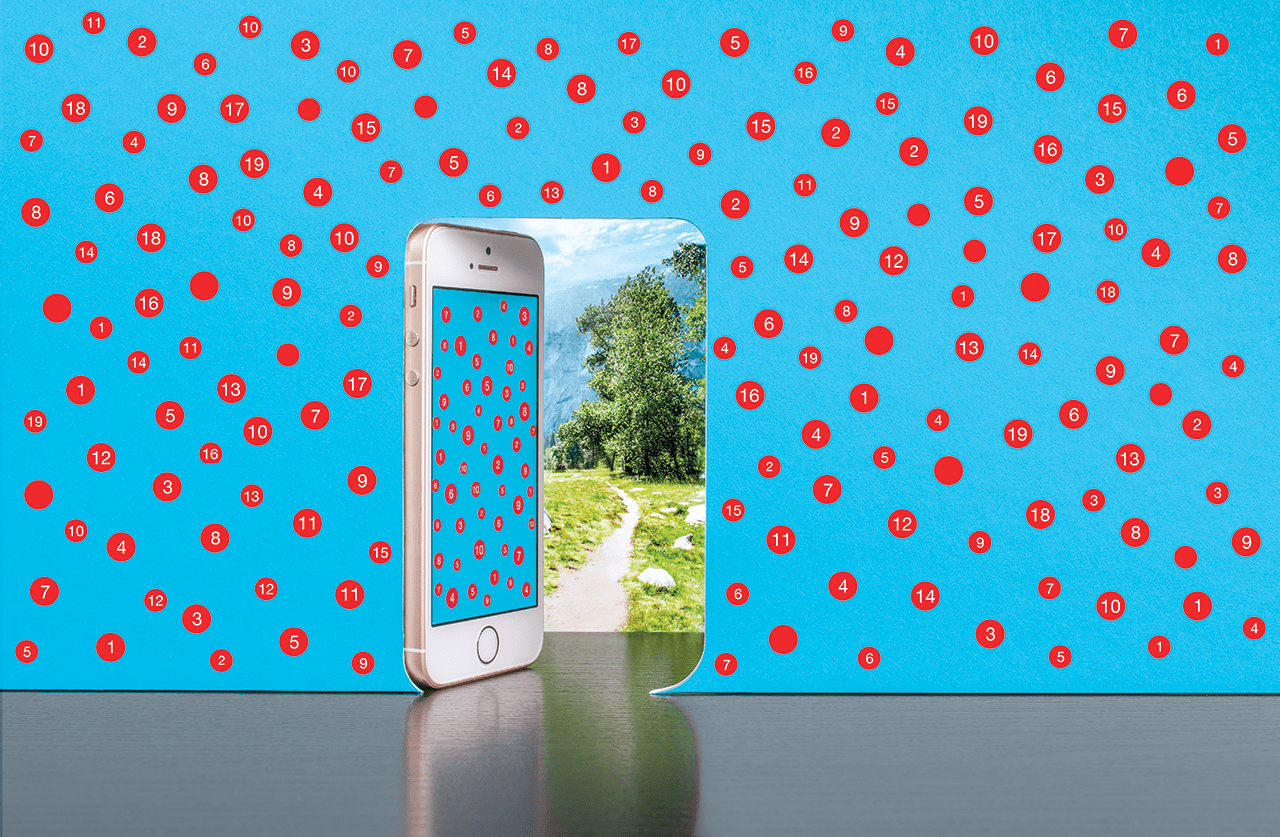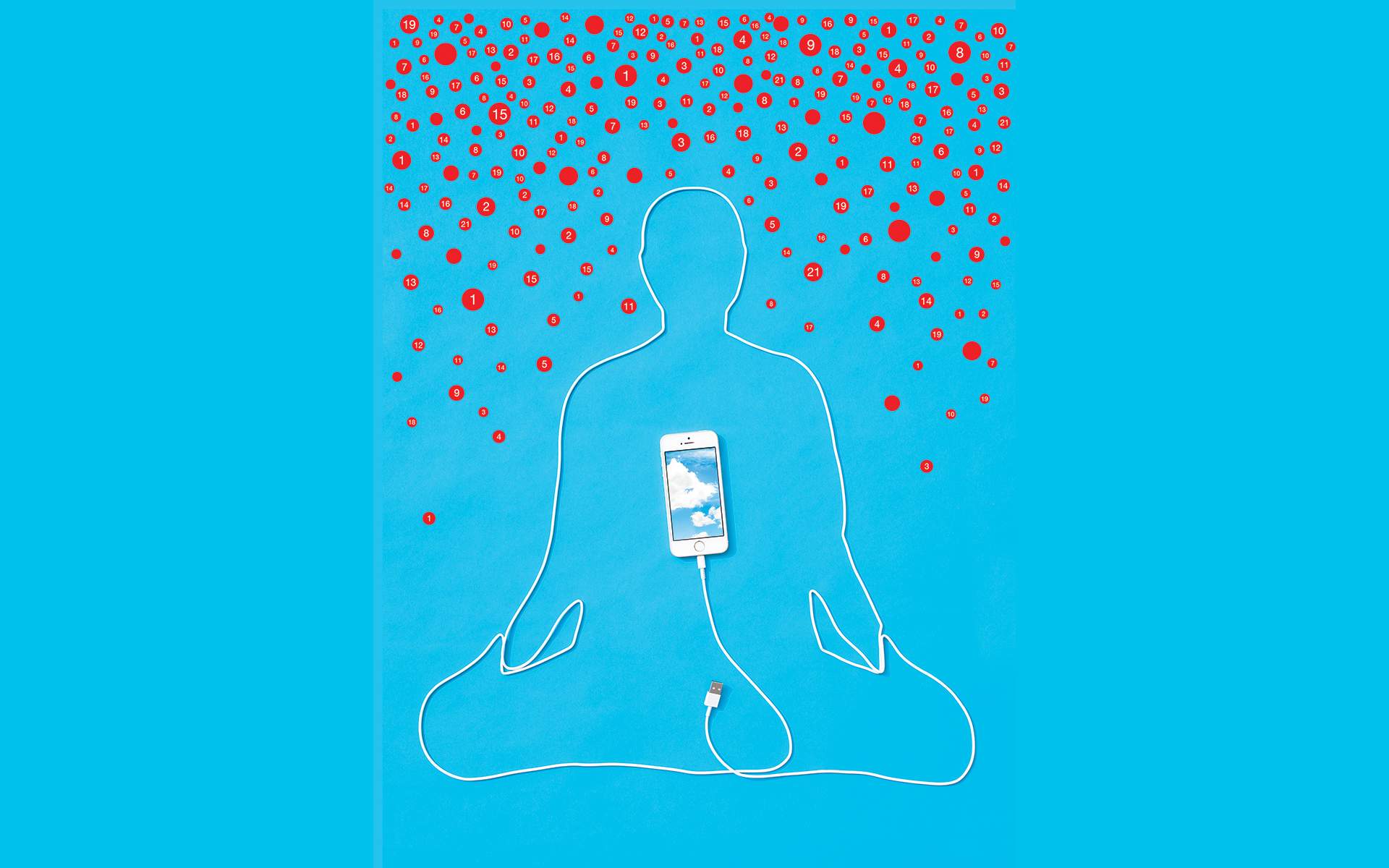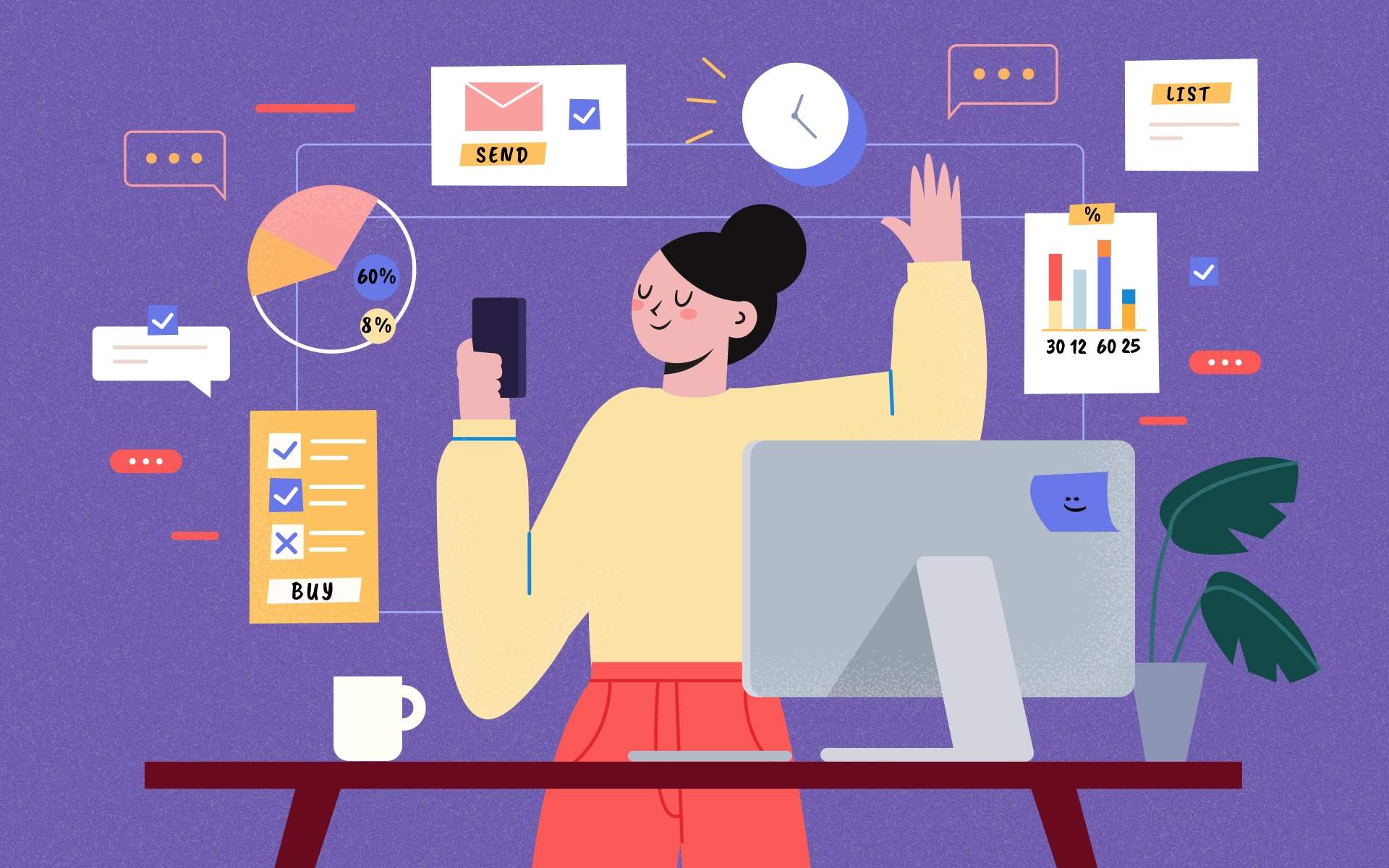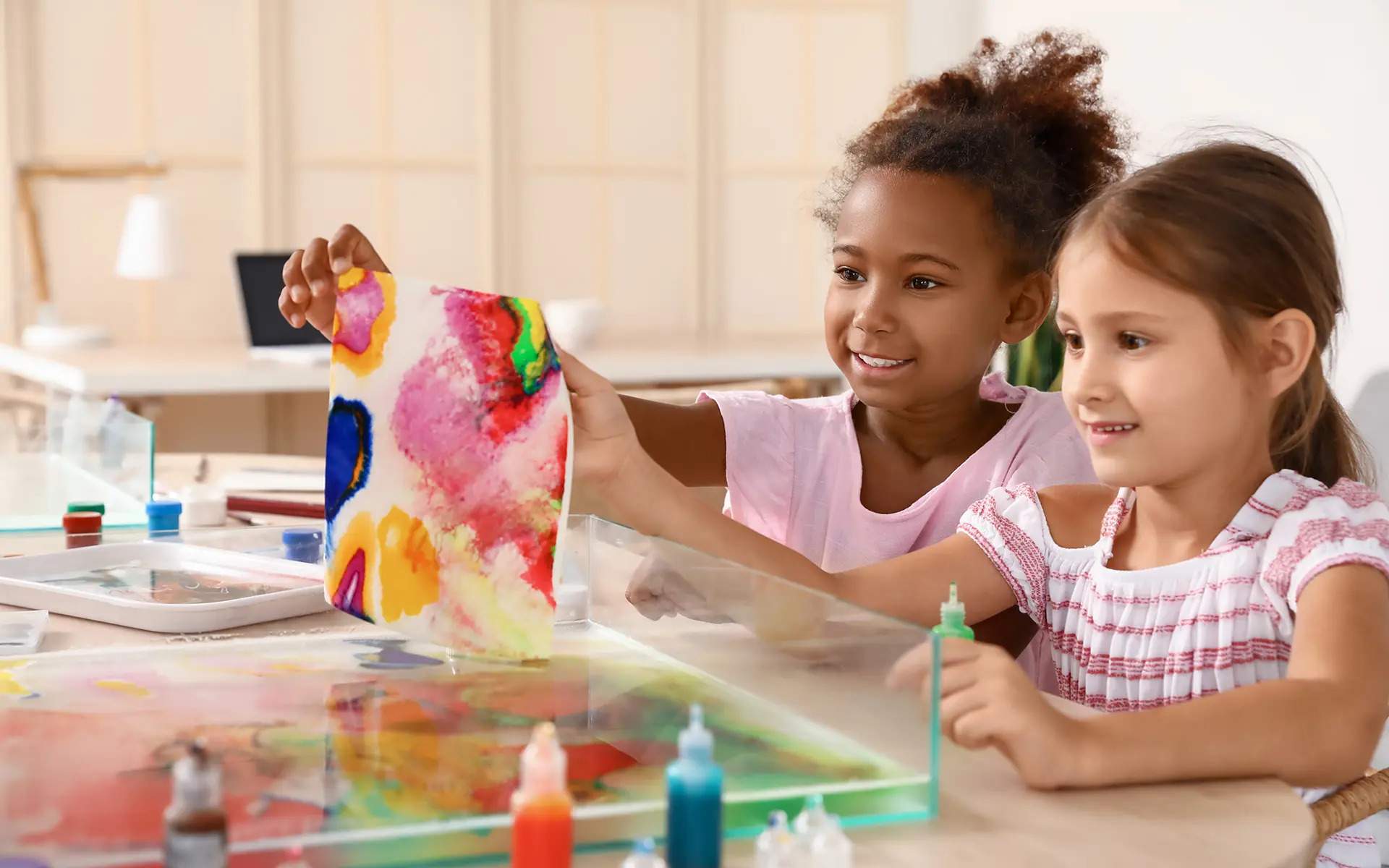In 2003 and 2004, 63 prisoners at a Seattle jail enrolled in a 10-day meditation course as part of a study by the University of Washington. For the duration of the course, the prisoners were not permitted outside contact and were only allowed to speak with instructors. Three months after each inmate was released from jail, the researchers followed up with them. Compared to their peers who hadn’t meditated, the inmates who did meditate went on to consume significantly less alcohol, marijuana, and crack cocaine.
The findings of the study, published in 2006 by researcher Sarah Bowen—along with work conducted by her mentor G. Alan Marlatt—paved the way for the development of Mindfulness-Based Relapse Prevention and is widely cited in papers on meditation and addiction. In 2012, Headspace, which is one of the most popular mindfulness apps on the market, also took note of Bowen’s research. On its website, the company touted science-backed benefits of meditation as reasons to use the app. Headspace also mentioned that meditation can reverse the progress of HIV, strengthen the immune system, and substitute for antidepressants. In a section on the science of meditation and addiction, the company wrote that meditation “has even reduced marijuana and crack consumption in trained prison inmates! So if you ever find yourself indulging a little more than you like, give mindfulness a whirl…and start getting some Headspace today.”
The last five words linked to a sales page for the app. Headspace later tweeted out the page with a claim that the app could help you give up drinking or smoking.
To date, there is no scientific evidence to suggest Headspace can alleviate illness, depression, or cravings—let alone crack consumption. Sarah Bowen says that Headspace’s use of her research might comprise “an overinterpretation or misrepresentation,” because it suggests that using Headspace could have the same benefits as taking a 10-day intensive meditation course. “We don’t have data on that,” says Bowen.

Smartphone apps become popular and profitable by getting users lightly addicted to repetitive use.
Headspace knows this and has distanced itself from past claims that make it sound like a panacea. In 2014, Headspace removed the “Meditation for Addiction” section from its website. A Headspace representative said those sections were written by “early employees, who are no longer with the company” and that the statements “don’t rise to the level of scientific rigor that we demand today.” Meanwhile, in the two years that the section was live, Headspace’s claims about addiction, depression, and health made their way across the internet, getting cited in blogs and tweets, spreading the idea that app-based mindfulness is a proven health treatment.
While many mindfulness apps do not use scientific claims to promote themselves or purport to teach users how to practice mindfulness, in the last decade, a number of apps have appeared on the market that do. Researchers say there is a serious dearth of evidence to back up mindfulness apps, even though they are increasingly perceived as proven treatments for mental health. So far, the preliminary research has suggested that some of the apps might show promise for treating stress, aggression, depression, anxiety, and craving. But it’s too soon to know whether or not the most popular apps on the market can achieve any of those aims. There isn’t even any research on whether these apps actually teach mindfulness.
What’s in an app?
The excitement and hype around mindfulness apps is having a big impact on the culture of mindfulness. For example, a 2017 study found that 1 in 20 mental healthcare providers in the UK’s National Health Service recommend Headspace for stress, anxiety, or depression—meaning they’re recommending an unproven treatment to patients and expecting it to alleviate real suffering.
In June, Headspace announced a new subsidiary, Headspace Health, to develop medical apps. The company said it would seek FDA approval—which requires rigorous scientific testing. Headspace Health will conduct randomized controlled trials on its new products in 2018 and hopes to have doctors writing prescriptions by 2020. “Health professionals have long recommended Headspace as an effective tool in treating a wide variety of health problems,” wrote Headspace CEO Rich Pierson in the announcement. “Now we’re leading the effort to validate and deliver prescription meditation solutions to doctors and their patients for physical conditions.”
Richard Davidson, one of the world’s leading researchers on neuroscience and mindfulness, is working on a well-being app based on careful science, but he’s skeptical of what’s currently out there. “I don’t know of any scientific evidence to show that any mindfulness app ‘works,’” he says. By his reckoning, the research produced so far on mindfulness apps has been insufficiently rigorous to draw any conclusions on their efficacy.
So far, a handful of studies have been published on the efficacy of mindfulness apps, thanks in part to Headspace. In hopes of getting its app scientifically validated, the organization has partnered on more than 60 studies with 35 academic institutions. In the long term, scientists at Headspace say, they genuinely want to advance our understanding of mindfulness.
In the meantime, in lieu of research proving that apps work, marketers tend to draw a false equivalence to in-person meditation programs, drawing on their credibility to suggest—or outright claim—that meditation apps offer the same benefits as clinically validated mindfulness therapy. Headspace, for one, says that “online mindfulness training does produce results similar to in-person training.”
In fact, there is no research indicating that mindfulness apps have the same effect as in-person training. To back up the claim that they do, Headspace cites a research paper by Marion Sommers-Spijkerman that analyzed the effectiveness of 15 different web-based mindfulness programs. But Sommers-Spijkerman says that her study, which focused on desktop-based programs, offered no conclusions about phone-based mindfulness apps and didn’t investigate Headspace. “We cannot draw any conclusions regarding the specific effects of app-based meditation or mindfulness training,” says Sommers-Spijkerman.
Davidson says when we talk about the efficacy of meditation apps, research on in-person mindfulness training is irrelevant. “There could be a plethora of research showing the impact of meditation, but that’s not necessarily relevant to understanding how—and if—an app may be working,” says Davidson. “It’s delivered in a completely different way, in a different context. It may procure the same effects, but we just don’t know.” On top of that, the Sommers-Spijkerman paper actually found that desktop-based programs were slightly less effective than in-person training at treating anxiety and depression.
Mindfulness apps have a big challenge. Mindfulness, at its core, is a tool for disrupting habits—especially unhelpful habits. If you get distracted easily, mindfulness helps curb the habit of distraction. If anxiety keeps you up at night, mindfulness might be able to mitigate the habit of anxiety. This is why researchers expected a 10-day meditation course might help drug users break their substance addictions. Addiction is another strong habit. But, in contrast, apps become popular and profitable by getting users lightly addicted to repetitive use. Whether it’s refreshing your Instagram feed, checking a notification, or sending an email, apps—and smartphones themselves—are designed to reward us with dopamine in exchange for usage, creating a habitual, if not addictive, pattern of craving and satisfaction. So, can an app really treat addiction, or is it inherently part of the problem? As of now, we don’t know the answer to that question.
The fact is, we know very little about meditation apps—good or bad. Pending further research, we don’t know what effect mindfulness apps might have on your brain. In the meantime, they are precipitating a much grander shift—a change in how mindfulness is understood and practiced around the world.

Designing a culture
Meditation apps are insanely popular. Last year, Apple named Calm, a meditation app, its app of the year. At the same time, it declared that meditation apps were one of the top trends of 2017. Between 2012 and 2018, searches for “meditation app” increased tenfold. In 2012, they surpassed searches for “meditation timer.” In 2014, they surpassed searches for “meditation book.” And next year, they will likely surpass searches for “meditation center.” We seem to like learning to meditate with apps—maybe more than with humans. And we’re willing to pay for it.
In 2017, mindfulness apps made an estimated $100 million, with most of the cash going to the top two players, Calm and Headspace. In the first three months of 2018, earnings were up 150% over the same period of the previous year.
While Headspace tends to market meditation as a science-based tool for performance enhancement (“I meditate to crush it” reads one Headspace ad), Calm markets itself more as an aid for sleep and relaxation, incorporating soothing music and images and sounds of nature. Mindfulness teachers often teach mindfulness as a way to understand the mind, cope with stress, let go of fixations, and experience the present moment. Apps more often promote the idea that meditation is simply about either productivity or relaxation.
“For the vast majority of people, meditation apps are meditation. Full stop.”
“The whole globalized mindfulness culture has changed in the last five years,” says Rohan Gunatillake, creator of the mindfulness app Buddhify. “For the vast majority of people, meditation apps are meditation. Full stop.”
Along with creating Buddhify, Gunatillake founded a design studio, Mindfulness Everywhere, which seeks to integrate mindfulness into product design. As a leader in the field of mindfulness, he has sounded the alarm that the popularization of mindfulness apps may be having unintended consequences. Decisions at big companies like Calm and Headspace don’t just affect a product—they fundamentally affect our culture’s understanding of mindfulness.
“When we designed our apps, we were just designing apps.” says Gunatillake. “We didn’t realize we were designing a culture. When millions and millions of people have their first experience of meditation with an app, the nature of the app platform influences how those people understand meditation. The so-called mindfulness industry doesn’t recognize that.”
To illustrate his point, Gunatillake points out how Silicon Valley has—intentionally or otherwise—changed the nature of international diplomacy. In 2018, we can’t talk about politics without talking about Twitter, and it’s become evident that Facebook has the power to tip elections.
Gunatillake points to four main ways he thinks apps are changing how people understand mindfulness. First, by using a subscription model (charging almost $100/year in some cases), apps create a culture that relies on dependency and makes people think that mindfulness is a luxury good. Second, the medium of a smartphone encourages the idea that mindfulness is something you do on your own. Third, guided meditations make users think that mindfulness meditation is a passive, guided activity—not necessarily a tool for engaging in everyday experience. And fourth, the lack of diversity within apps might encourage the idea that there are only a few kinds of meditation, rather than showing users that there are many varieties and formats of meditation and mindfulness practice.
Basically, for millions of meditators today, mindfulness means you pay $10 per month for a mellifluous voice to guide you through a breathing technique on your smartphone. That’s a big shift from what the world thought mindfulness was five years ago.
Zindel Segal is one of the creators of Mindfulness-Based Cognitive Therapy (MBCT) and a corresponding digital program still in development. When designing the program, Segal’s team decided to go with a desktop version to mitigate problems raised by technology, which, he believes, is in some ways inherently obstructive to quality mindfulness training.
“We’re told that people want everything on their phones and tablets, and they only have five or ten minutes to digest content,” says Segal. “Here you’ve got the crux of one of the issues of mindfulness and technology: The platforms available to deliver this material are shaped by the attention spans of people engaging with almost constant social media apps.”
When we practice mindfulness, we interrupt our habits of distraction by nonjudgmentally bringing our awareness back to the object of meditation. But smartphones aren’t designed to encourage us to hone our awareness—they’re designed to co-opt it.
“That might be fine if you’re playing a game,” says Segal, “but I believe there are some elements of mindfulness practice that require a more sustained, immersive experience.” Segal, a widely respected specialist in mood disorders, has also gone on record that he believes Headspace’s series of meditations for depression is not a responsible application for people with depression, who will not likely respond to the standard guided meditations “in the same way as people who haven’t had a history of rumination and critical self-judgment.”
Gunatillake warns that “manipulating attention is the default way of designing a digital product nowadays. It’s no coincidence you’ll see techniques and tricks used to manipulate attention in the context of mindfulness. People use the tools of the industry, not realizing they might be sabotaging what their product is trying to do.” In one extreme example, a Reddit user reported that his Apple Watch’s built-in mindfulness app, which sends regular reminders to take mindful breaks, was prompting him to stop and meditate every day while he drove to and from work. A writer at The Guardian reported that mindfulness apps gave her extreme anxiety. Unfortunately, unlike a human instructor, a smartphone can’t guide you through a panic attack.
For a proponent of mindfulness, this might sound like the worst-case scenario: What if apps are creating a culture of mindfulness based on a training that not only doesn’t work, but actually makes us even more distressed and distracted?
The possibility of placebo
Some research has suggested that meditation app users may benefit from a placebo effect. In medicine, the most rigorous research trials employ placebo groups to control for the expectations of treatment. If you think mindfulness will make you stress less, that alone might be enough to actually make you stress less. Research on mindfulness in general—not just apps—struggles to simulate placebo conditions; after all, how do you give someone fake mindfulness instruction?
Chris Noone, a researcher at the National University of Ireland Galway, figured out a way. With help from Headspace, Noone created a “sham meditation,” delivered inside the app.
With the sham meditation, Noone recreated all of the conditions of app-based mindfulness training—a soothing narrator, a sleek interface, powerful brand messaging—minus the actual mindfulness. “Settle into a comfortable sitting position,” instructs the narrator. “Now simply think about whatever comes into your mind. Let your mind wander freely without trying to focus on anything in particular.”
Noone and his colleagues scored the participants on critical thinking, well-being, and positivity. After 30 sessions, there was no difference between participants in the sham meditation and participants doing the meditation practice in the app, suggesting that the mindfulness instructions in the app were having no effect on these metrics.
Noone points to another, similar study, in which a group of participants was given access to written materials on mindfulness, with some participants also receiving guided meditations and a control group receiving no resources. While the participants with mindfulness resources showed benefits over the control group, the researchers found no difference with the group that also got the guided meditations, suggesting the guided meditations had no unique effect.
The only thing science knows about mindfulness apps, says Noone, is that we don’t know their effect. He speculates: “I honestly think it’s very likely that there is no effect.”
Hypothetically, if there’s no effect, how would popular mindfulness apps in the App Store wind up with hundreds of thousands of reviews and a five-star rating? Psychiatrist John Torous proposed a hypothesis in a commentary in the medical journal The Lancet, which he called “The Digital Placebo Effect.”
“Many people have a high level of affinity for their digital devices,” writes Torous. “It is easy to envision how suited smartphones are to mediate the placebo effect when we take into account our high levels of expectation, trust, and personalization of these devices.”
We are habituated to taking medicine, so when we take a placebo pill, it eases our back pain. We’re habituated to social media, so when we refresh our feeds, we get pleasure. Maybe we’re habituated to our apps, so when we do a smartphone meditation we feel like it’s relaxing.
Research on mindfulness struggles to simulate placebo conditions; after all, how do you give someone a fake mindfulness instruction?
A matter of priority
While at present there is a dearth of scientific evidence validating apps like Headspace and Calm, there is promising research to suggest that, in theory, digital mindfulness training could be effective. Researchers say that online trainings are advantageous because they can be affordable, accessible, flexible, anonymous, empowering, and enjoyable.
Mindfulness experts Jud Brewer and Zindel Segal each developed mindfulness therapies (mindfulness training for addiction and MBCT, respectively) and then realized that it would take years to train a cohort of clinicians to develop training programs for them. They both saw apps as a more efficient and precise way to deliver their specialized treatments. So, they developed apps to deliver the treatments and then tested them scientifically.
Brewer’s company, Claritas Mind-sciences, has launched three apps publicly and then started clinical trials on the apps: Craving to Quit, Eat Right Now, and Unwinding Anxiety. These apps take direct advantage of the habit of smartphone use in order to tackle other specific habits, namely smoking, snacking, and anxiety. His work is based on the theory of operant conditioning, which posits that habits and behaviors are reinforced by positive reinforcement or negative punishments—a process of learning that goes all the way back to sea slugs. We notice something that triggers our response, we act in a certain way, and we get rewarded for acting in that way. Thus we learn to associate that reward with the initial trigger. That’s how habits—like smartphone addiction—form.
In the context of habit, a smartphone can be more effective than a therapist because it can deliver therapy specifically in a moment of craving (right when you want a cigarette or another slice of cake) rather than when you’re sitting in a therapist’s office. “People don’t binge eat in my office,” says Brewer. “So, I can take my office and deliver it to them in context so they’re more likely to actually learn what they need to change their behavior.”
Segal’s app, Mindful Mood Balance, has been under testing and development for 10 years. Results from trials of the app indicate that it is effective in preventing depression. The trials wrap up toward the end of 2018, but until they get the results from that study, Segal’s team has no plans to release the app to the public.
Perhaps the biggest distinction between apps like Brewer’s and Segal’s and popular marketplace apps is that they’re developed in the name of science, not profits. “If you look at the apps in the App Store, no one has been working on them for 10 years before they launched to market,” says Segal. “But we have different drivers. We don’t have venture capitalists saying, ‘You need to go to market, get users, double your users every month, come up with a different angle, add elements.’ I think that’s part of what was driving Headspace.”

The different drivers mean that specialized apps can spend years in development, focus on depth rather than mass marketing, and aim to help users graduate from the app instead of encouraging dependency. For Brewer, that’s the goal. “They learn how their mind works, and then they don’t need us anymore. I’m not a business guy, so it’s probably not a great business model, but I don’t care. I’m a scientist.”
The future
So far, there hasn’t been a lot of collaboration between scientists and businesspeople in the world of mindfulness apps. As that changes, it could produce a bounty of data. Where Brewer’s and Segal’s studies have dozens or hundreds of participants, studies conducted by Headspace could be exponentially larger.
“That’s why I took this job,” says Megan Jones Bell, who started as the chief science officer at Headspace in 2017. “I’m interested in trying to advance the science of meditation. The research you are going to see come out of Headspace is going to have sample sizes upwards of several thousand people.”
Apps could encourage users to contemplate how they’ll incorporate mindfulness into their life outside of the app.
Even though research means that Headspace opens itself up to negative findings, like in Chris Noone’s sham meditation study, Bell says the company is prepared for that. “We’re trying to advance the understanding of how Headspace can impact people,” says Bell. “It’s not going to be a panacea. We know that it’s helpful for a lot of different things. But part of doing the science and being transparent is publishing those negative results.”
Research findings can be used to advance society’s understanding of the mind and improve the apps themselves. Researchers have already started identifying areas for improvement in mainstream mindfulness apps. In one study, users reported features like notifications to be demotivating.
Gunatillake says it’s important for mindfulness experts and businesspeople to work more closely together. “Very few products are asking teachers to help create the product,” says Gunatillake. “That’s a big opportunity. If the meditation teachers were actively involved in the design decisions, they’d ask questions like ‘How does this notification system make you feel?’”
“As a mindfulness app developer, we have to ask: How is everything we do in service of people’s well-being?” says Gunatillake. “When you ask that question, you have to include: How does our notification system support well-being? How about our customer service, or our website, or our marketing strategy, or our email campaigns? All of that is as much a part of the product as guided audio or a meditation timer or some teaching videos. There’s an opportunity to recognize that meditation is more than just content.”
Of the many ways to make mindfulness apps more inherently mindful, Gunatillake is most excited about improvements to social networking settings. Earlier this year, Buddhify launched what Gunatillake informally calls “karaoke meditation,” where people meditate in a room together while one of them reads a script off their phone. “We provide the expert content, and they provide the voice. We want to really create experiences for people face-to-face.”
Apps could also encourage users to contemplate how they’ll incorporate mindfulness into their life outside of the app. For instance, experts suggest that you set an intention up front. “Why are you interested in meditation in the first place?” asks Brewer. “Know what progress is and look for progress. Start with your pain points and see if your suffering is relieved. If so, great. If not, you might try something else.”
Meditation teachers also recommend trying different styles, including in-person meditation, and finding opportunities to ask questions. As Richard Davidson explains, “Every shred of scientific research we have certainly indicates that one size will not fit all.”
Different programs and apps will show you how to use mindfulness in different ways. That variety can be good for maintaining a playful attitude about meditation and learning to integrate it into your life in different ways. Gunatillake says developers could include lessons on why mindfulness works and how to employ it in everyday life. If you understand how it works, “you can start applying it to everything,” says Gunatillake. “Every time you notice yourself being distracted by advertisements on the subway, you’re reminded to come back. These are things that an app can support you to do.”
The real value of apps might be in helping users see mindfulness as part of their lives. But when a meditation app becomes just another habit, like checking email, it risks becoming less mindfulness training and more so just another piece of technology taking up headspace. Learning to be mindful in the world is a habit worth cultivating—whether or not apps are the way to get there.
After all, Gunatillake says, “There’s no such thing as digital mindfulness. There’s just mindfulness.”
Searching For Mindfulness
Apps are catching up to—and even outstripping—other sources for mindfulness, according to internet search data.
Google Search Terms
Meditation center
Meditation app
Meditation book
Meditation timer
4 Ways Apps Are Changing Mindfulness
App developer Rohan Gunatillake on how mindfulness apps are changing the culture and popular understanding of mindfulness.
1. Most apps use a subscription model. “We’ve created a meditation culture where people perceive that mindfulness costs $10 a month to do,” says Gunatillake. Subscription models rely on user dependence—reinforcing, rather than breaking, habits.
2. Apps encourage the idea that meditation is a solo practice, whereas in the past it was often learned in group settings.
3. It’s always guided—something you do alone or with headphones in. With prerecorded meditations, users can’t ask questions or get personalized instruction. This might be fine most of the time, but in some cases a meditation instructor can help to make sure you’re doing it safely and correctly. One journalist, for example, reported having anxiety attacks while using a meditation app. In moments like that, it can be helpful to have a human to talk to.
4. Meditation apps sometimes imply that their app’s brand of meditation is the only style of meditation. “If you try out an app and you don’t necessarily connect with the style of teaching, that doesn’t mean you don’t like meditation,” says Gunatillake.





